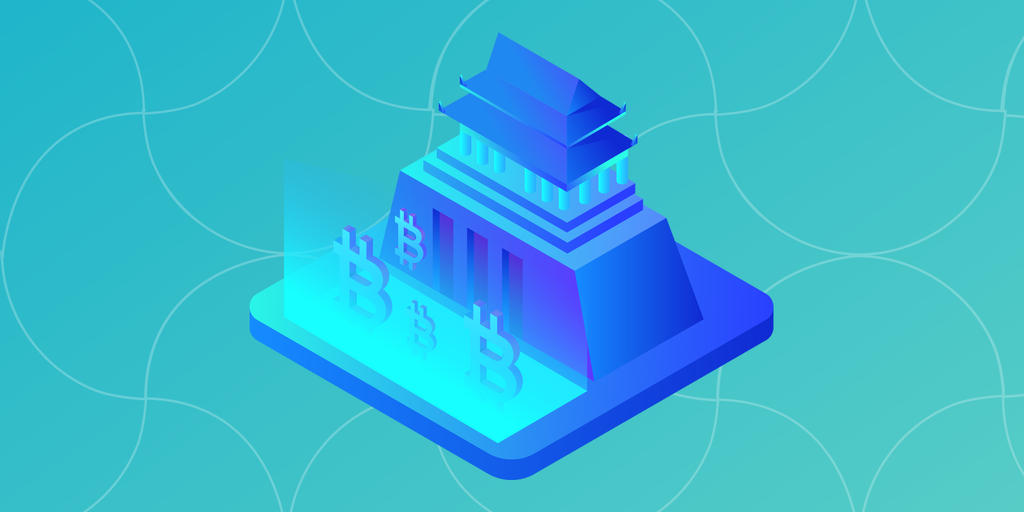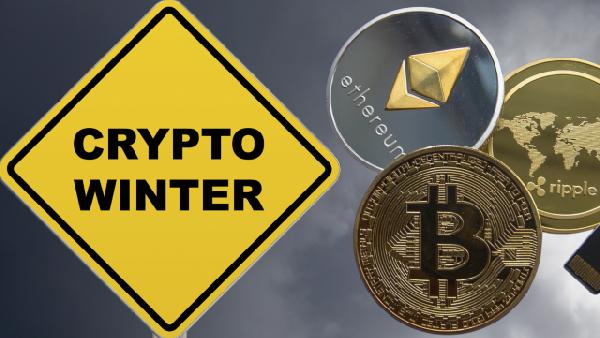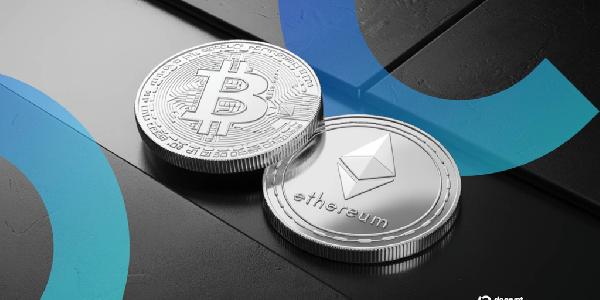Bitcoin arrived in 2008 but its creator to this day is known only by the pseudonym they chose: Satoshi Nakamoto. Many have spun up theories about who Satoshi really is—either to solve the mystery or, in some cases, to further an agenda of their own—but no one has offered a definitive answer.
Satoshi Nakamoto: what we know
The first evidence of the Bitcoin we know today turned up in August of 2008 when someone anonymously registered the domain name bitcoin.org.
In October of that year, an author who went by the moniker of Satoshi Nakamoto published the Bitcoin whitepaper, "Bitcoin: A Peer-to-Peer Electronic Cash System" to metzdowd.com, a site for cryptography fans. It explained how a digital currency, which its author dubbed Bitcoin, would work.
A few months later, in January 2009, the Bitcoin network roared to life. Satoshi Nakamoto released the first version of the software that launched the network, and mined the very first Bitcoin. In the very first block of a blockchain that today consists of more than 680,000 blocks, Satoshi inscribed a text message. The message in that so-called “genesis block” reads:
‘The Times 3 January 2009 Chancellor on brink of second bailout for banks‘
As well as providing a time stamp for the creation of Bitcoin, it refers to an article published by the Times newspaper. The choice of the Times has prompted speculation that Satoshi may have been based in the U.K., and that their motivation for creating Bitcoin was linked to the instability caused by fractional-reserve banking.
first ever exchange of Bitcoin took place between Satoshi Nakamoto and Hal Finney, an early pioneer of cryptography before Bitcoin.
For the next 10 days Nakamoto was the only miner, harvesting more than 1 million Bitcoin.
Satoshi was active on the bitcointalk.org forum between November 2009 and December 2010, engaging in a number of discussions with users. Their posts have been pored over by the curious hoping to glean some hints as to Satoshi‘s identity and philosophy; in one of their last posts, Satoshi addresses Hal Finney directly, implying that they‘re separate individuals (though that could, of course, have been a ruse).
—Satoshi Nakamoto"If you don‘t believe me or don‘t get it, I don‘t have time to try to convince you, sorry."
In 2010, Nakamoto handed over control of the repository containing the Bitcoin source code to Gavin Andresen, a software developer. Then, on April 23, 2011, Satoshi Nakamoto sent their last email: “I’ve moved on to other things. It’s in good hands with Gavin and everyone.”
All activity from Satoshi Nakamoto stopped soon afterwards; the Bitcoin wallets tied to Satoshi have not been accessed or spent since mid-2009. In 2014, Satoshi‘s P2P Foundation account briefly reactivated to announce that "I am not Dorian Nakamoto," rebutting a Newsweek article that named the Japanese-American man as the creator of Bitcoin. Since then, Satoshi has remained silent.
In February 2022, as part of a legal case, a cache of previously unseen emails from Satoshi Nakamoto to cypherpunk Adam Back were entered into the court record. In the emails dating from August to October 2008, Satoshi tells Back about their “interesting” proposal for what they then termed “e-cash.” Back, in turn, suggested that Satoshi explore papers for alternative digital currency ideas including “B-money” and “Micromint.”
Days later, a second cache of emails from Satoshi to computer scientist and software developer Martti Malmi, dating from February 2009 to July 12, 2010, were released. Totalling 120 pages in all, the emails see Satoshi expressing their views on a number of issues, including Bitcoin’s energy use (which Satoshi deemed “less wasteful” than conventional banking activity) and the potential upper limit of nodes in the network (100,000).
Notably, these emails also saw Satoshi expressing concern over explicitly labeling Bitcoin an “investment,” and arguing that “we should de-emphasize the anonymous angle,” on the grounds that it “sounds a bit shady.”
Satoshi Nakamoto: the clues
Many have tried to uncover Satoshi Nakamoto‘s identity. Satoshi never spelled their name using Japanese kanji characters, making a definitive translation of the name impossible; various attempts to translate the name have included "logic, reason or justice" and "basis", "clear thinking, quick witted, wise" and "central origin".
One (loose) translation is "central intelligence", with some claiming it as proof that Bitcoin is a CIA plot (though quite why the CIA would blow their cover for the sake of an in-joke is unclear).
Some have suggested that the name is an amalgam of different companies:
- Samsung and Toshiba together makes: Satoshi
- Nakamichi and Motorola together makes: Nakamoto
In any case, Satoshi likely wasn‘t Japanese. Although a 2012 P2P Foundation profile implies that Nakamoto was a 37-year-old man living in Japan, linguistic quirks such as British English spellings and expressions (and the use of the Times in the Bitcoin genesis block) suggest that Satoshi may have been of British origin.
One researcher tracked the times that Satoshi posted on the bitcointalk.org forum, indicating a "steep decline" in posts between 5am and 11am Greenwich Mean Time (or midnight to 6am EST), possibly indicating when Satoshi was asleep. And an analysis of early Bitcoin code has indicated that Satoshi may have used a Russian proxy server to mask their identity.
The candidates
A number of names have been put forward as the possible identity of Satoshi Nakamoto. Some even think that Satoshi may have been a group of people, further muddying the waters.
Some of the possible candidates who‘ve been named as Satoshi (or put their own names forward) include:











